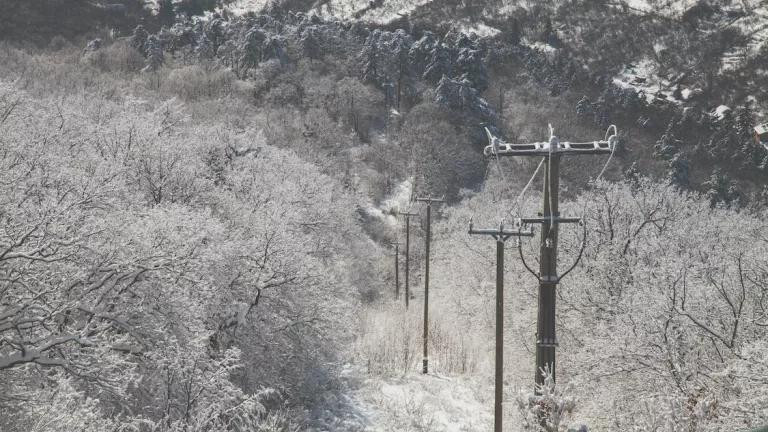What’s in Your Tank? Northeast and Mid-Atlantic States Need to Reject Tar Sands and Support Clean Fuels
Oil industry plans could cause a dramatic increase in the use of tar sands-derived gasoline in the Northeast and Mid-Atlantic states, a shift that would move the region backwards in its efforts to fight climate change. Roughly 85 percent of the Northeast and Mid-Atlantic fuel supply comes from refineries on the Gulf Coast and in the Mid-Atlantic, Northeast, and eastern Canada. As of 2012, the region was virtually tar sands free, with fuel derived from that source at less than 1 percent.
However, Gulf Coast refineries are taking an increasing volume of tar sands crude as more pipelines are built or retrofitted to carry it to the Gulf. While most of the tar sands-derived product from the proposed Keystone XL pipeline would be exported, some of it could end up being sent from the Gulf Coast to the Northeast. If the pipeline is approved, even a small percentage of the pipeline's volume could cause a dramatic increase in the volume of tar sands flowing to the Northeast, a major threat to the carbon intensity of the region's fuels. Additional threats may be posed by refineries in the Northeast, Mid-Atlantic, and eastern Canada, some of which may be considering options including retrofitting in order to process more tar sands.
By 2020, if these carbon intensive projects move forward, as much as 18 percent of the region's fuel supply could be derived from the high-carbon feedstock. At that penetration, the switch to tar sands fuels would increase greenhouse gas emissions by approximately 10 million metric tons, an amount that would offset most of the carbon pollution reductions that the region is seeking under its landmark Regional Greenhouse Gas Initiative. Even without Keystone XL, the region's fuel supply will contain more tar sands if steps are not taken to keep out this high-carbon fuel. In the short term, between 2012 and 2015, the volume of tar sands–derived fuel supplying the Northeast is projected to grow more than sixfold.




